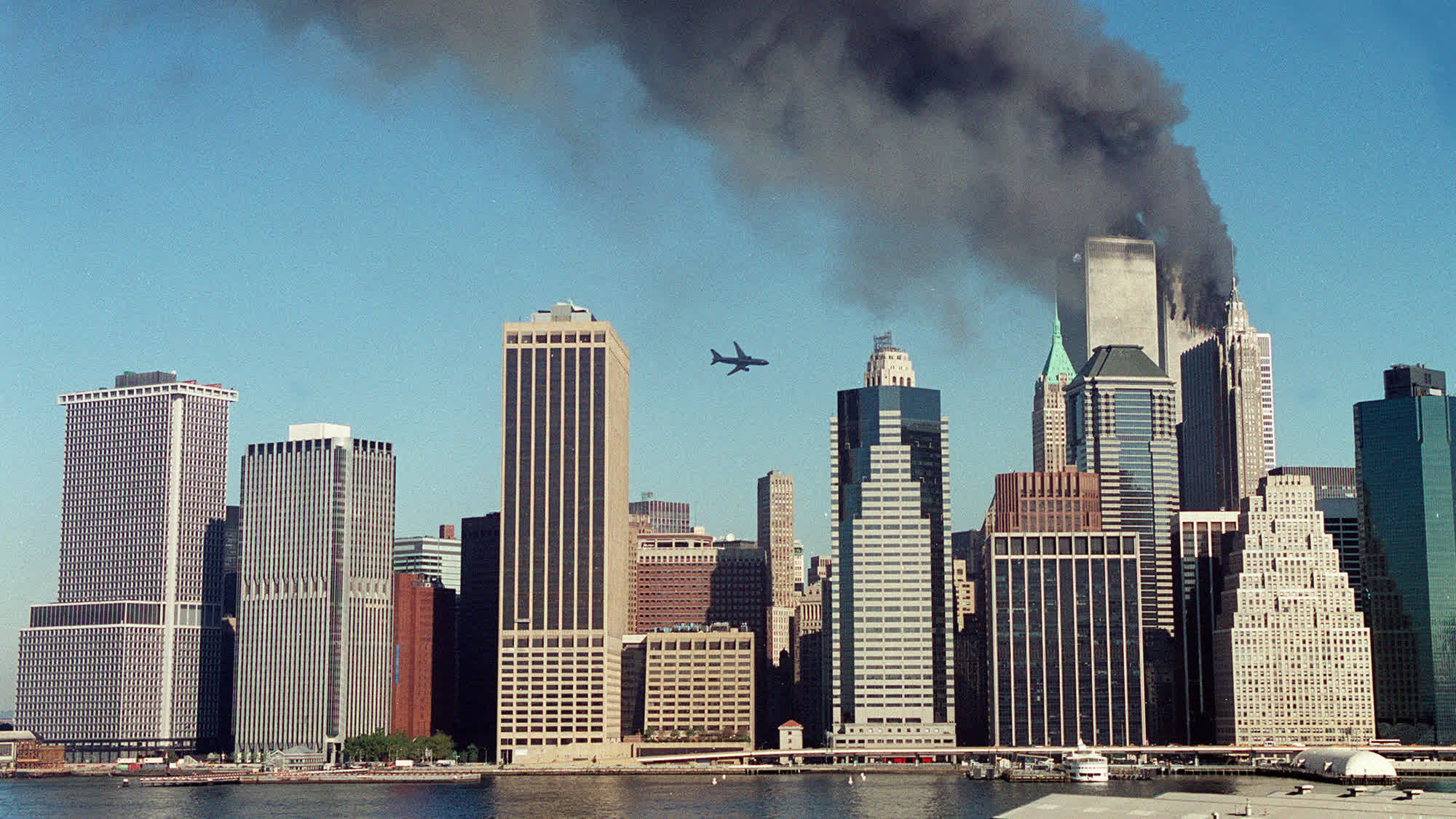Wetlands across the globe are vanishing at a very alarming rate due to human activities and climate change, a new report done by Hugh Robertson shows. Land use change, agriculture expansion, pollution, invasive species, and climate pressures such as drought and rising sea levels are key drivers of loss.
The study indicates 411 million hectares of wetlands have been destroyed — equivalent to half a billion football pitches. Further, about 25% of the current remaining wetlands are currently assessed to be degraded. The report reiterates that the level of damage is too extensive to be overlooked and urges urgent action.
To alter the course, the report recommends investments between \\\\$275 billion and \\\\$550 billion annually. It warns that current worldwide spending is significantly lower, referring to it as a "substantial under-investment," without providing exact figures.
Wetlands play a critical role in economic and environmental health. Wetlands manage floods, purify water, store carbon — an important element with more frequent tropical storms — and support essential industries like fisheries and agriculture. Wetlands also have cultural importance for different societies.
The document is ahead of the triennial Conference of the Convention on Wetlands in Victoria Falls, Zimbabwe. Developed in 1971, the international treaty has 172 signatories, which include global powers like China, Russia, and the United States. While the summit is an ideal moment for collaboration, there is no assurance that all the member states will take part.
Loss of wetlands is worst in Africa, Latin America, and the Caribbean but is also expanding in North America and Europe. Wetland restoration is already in progress, however, in countries such as Zambia, Cambodia, and China.
The report highlights that unless the international community acts quickly and collectively, the continued loss of wetlands can have disastrous effects on biodiversity, climate resilience, and the livelihoods of people.

.jpeg)










.jpg)
.jpeg)

.jpg)
-(1).jpg)
.jpg)
.jpg)
.jpg)
.jpeg)

.jpg)
.jpg)

.jpg)
.jpg)
.jpg)
.jpg)

.jpeg)